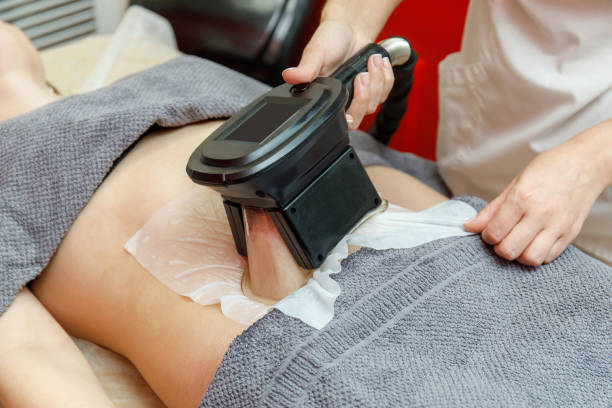Lipolysis is the process of breaking down stored fat into fatty acids and glycerol for energy production. Several factors can activate lipolysis in the body:
- Hormones: Hormones play a significant role in regulating lipolysis. The primary hormone responsible for initiating lipolysis is epinephrine (adrenaline), which is released during times of stress or exercise. Other hormones such as norepinephrine, glucagon, and growth hormone can also stimulate lipolysis.
- Insulin levels: Low insulin levels in the blood can stimulate lipolysis. Insulin is released in response to high blood sugar levels and promotes the storage of fat in adipose tissue. When insulin levels are low, such as during fasting or low-carbohydrate diets, lipolysis is more active.
- Fasting and low-carbohydrate diets: Extended periods of fasting or consuming a low-carbohydrate diet can lead to reduced insulin levels and an increase in lipolysis. This is because the body needs an alternative source of energy when glucose from carbohydrates is limited.
- Exercise: Physical activity, especially aerobic exercise like running, cycling, or swimming, can stimulate lipolysis. Exercise increases the release of epinephrine and norepinephrine, which in turn activate lipolysis to provide the muscles with energy.
- Cold exposure: Exposure to cold temperatures can stimulate lipolysis as the body tries to generate heat. This process, known as thermogenesis, involves the breakdown of fat to produce energy and heat.
- Caffeine and certain supplements: Caffeine, a central nervous system stimulant found in coffee and some energy drinks, can stimulate lipolysis by increasing the release of epinephrine and norepinephrine. Additionally, some dietary supplements, like green tea extract and forskolin, may also promote lipolysis.
It’s important to note that the regulation of lipolysis is a complex process influenced by various factors, and the extent of lipolysis can vary from person to person. Additionally, excessive or chronic activation of lipolysis can have health implications, so it’s essential to maintain a balanced and healthy lifestyle when considering ways to activate lipolysis.

What is the source of energy for lipolysis?
The primary source of energy for the process of lipolysis is the stored fat in adipose tissue. During lipolysis, triglycerides, which are the main form of fat storage in the body, are broken down into their constituent parts: fatty acids and glycerol. These fatty acids are released into the bloodstream and transported to various tissues, such as muscle cells and the liver, where they can be used as a source of energy.
Here’s a simplified breakdown of the process:
- Stored fat (triglycerides) in adipose tissue is hydrolyzed by enzymes called lipases.
- This hydrolysis process cleaves the triglycerides into fatty acids and glycerol.
- The released fatty acids enter the bloodstream and can be taken up by cells throughout the body.
- Within cells, fatty acids can be further broken down through a series of biochemical reactions in the mitochondria (the cellular powerhouses) to generate ATP (adenosine triphosphate), the primary energy currency of the cell.
So, lipolysis essentially taps into the energy stored in the form of fat in adipose tissue, converting it into usable energy in the form of ATP to meet the body’s energy needs, especially during times when glucose (from carbohydrates) is not readily available, such as during fasting, exercise, or periods of low carbohydrate intake.
